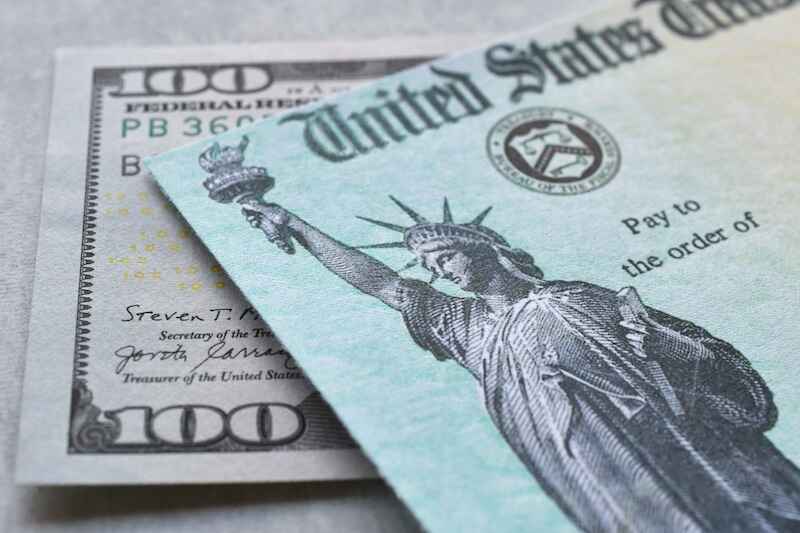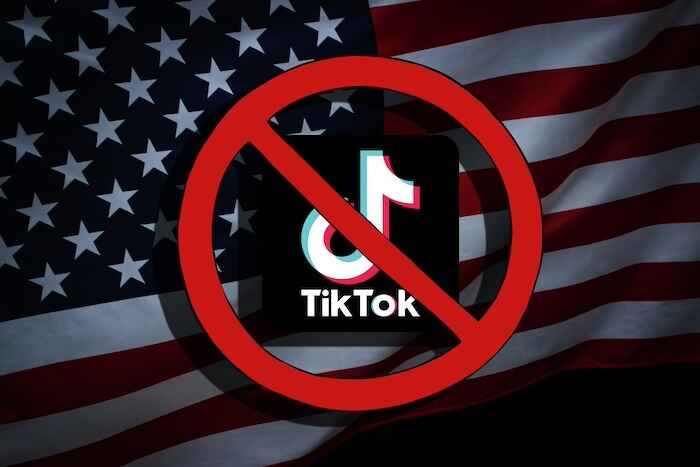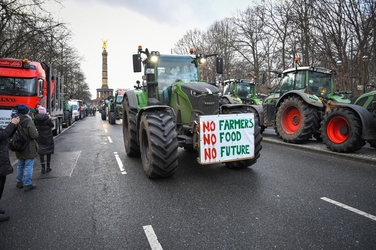Mailbag: Waste Not, Want Not
Joel Salatin|November 16, 2021
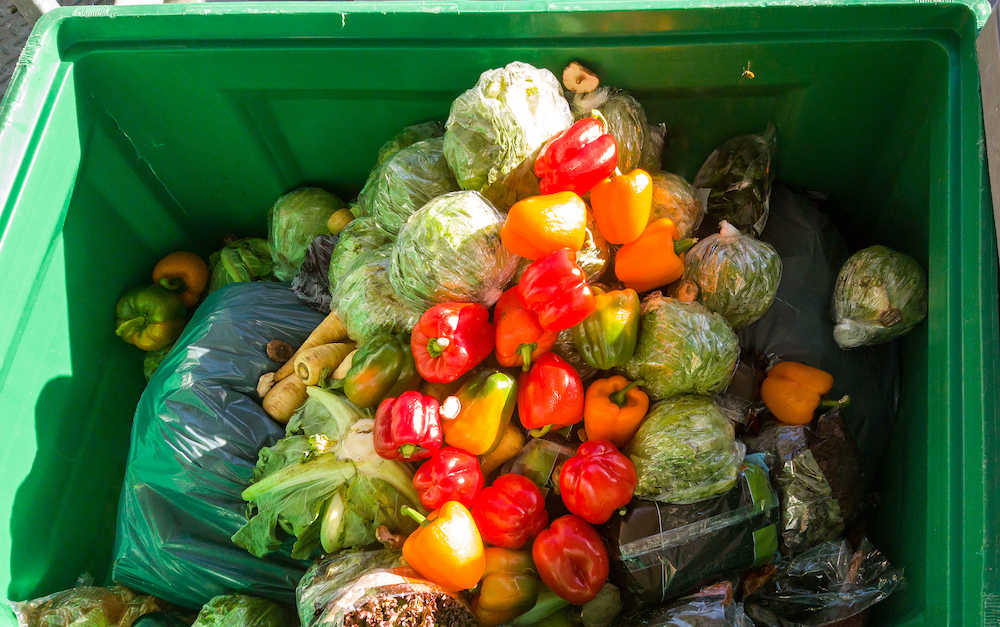
Editor’s Note: Have you seen Andy’s latest research? It shows how you could get into tiny, dirt-cheap cryptos BEFORE they potentially skyrocket. We’re talking about top gains of 2,023% in six weeks… 6,684% in just over nine months… and even 27,865% in two days. Get the details here.
I realize that every day new people discover me who may not be familiar with my body of thought and practice.
That’s why I’d like to address a reader’s comments on my essay from last week about our food supply issues…
I think Joel is blind to the real problems of overpopulation and climate change. Does he think our current 6 billion Earth inhabitants each have enough acreage to raise their own chickens, cows and tomatoes? Our current agricultural practices are not sustainable. – Reader K.C.
This reader’s comments are illustrative of the most common feedback I receive… and have received for probably 40 years.
I love critical readers and always welcome analysis. So here is my response.
More Than Enough Land
The United States has about 36 million acres of lawn and about 35 million acres devoted to raising recreational horses.
That’s 71 million acres, which is enough land to feed the entire country.
And that doesn’t even count golf courses, wilderness areas, national forests or parks. The amount of land not used for food production is enormous, not just in the U.S. but also worldwide.
Certainly current agricultural practices are unsustainable. But if we adopted a soil-building, carbon-enhancing and hydration-facilitating model that was integrated and diversified, we could produce far more than we currently do.
Modern conventional industrial farming, for all its bells and whistles, is unspeakably inefficient. Furthermore, it gradually destroys the soil, water and air – all the resources we share and on which we depend.
On our farm, we produce four times the county average in beef production per acre of pasture.
Not 4% more than average… four times more.
That is because we tap into the moving, mobbing and mowing nature of cattle. Using high-tech electric fencing, polyethylene water pipes and daily paddock shifts, we capture exponentially more solar energy in biomass than the average farm in our area.
If all farms did this… if they all were able to quadruple production… we can hardly conceive the number of people the planet could feed.
It’s the Little Things
Currently, about 40% of all human food worldwide is thrown away. It spoils or is deemed the wrong size, color, shape or weight. We have enough to feed billions more people – if we actually ate what we grew.
The inefficiencies of the global food supply chain and the persnickety nature of consumers conspire, leading us to waste more food than humans have ever wasted before, including during the periods prior to the invention of refrigeration or vacuum sealing.
Shorter food chains and more domestic culinary arts are the secret duo needed to reduce this waste.
Right now, Americans feed 73 million cats and 90 million dogs, accounting for 25% of all the meat consumed in the country and generating 5.1 million tons of feces.
Let those numbers sink in for a moment.
Using permaculture methods, numerous landscape designers have turned deserts into verdant growing regions in both the Middle East and China. These projects, because they defy the doomsday narrative, do not receive front-page coverage.
From Peter Andrews’ river restoration projects in Australia to Geoff Lawton’s desert greening in Lebanon, elegantly simple restorative techniques spin circles around any promises being made by techno-sophisticated agriculture prophets. This is being done now, not tomorrow.
I certainly don’t advocate everyone raising their own cows and tomatoes in their backyards, but I do believe food production and living spaces need to be far more integrated. Their separation is inherently inefficient.
Indeed, Sir Albert Howard, the godfather of sustainable agriculture who gifted the world the scientific recipe for aerobic compost, presented his vision of “diamond communities” in 1943’s blockbuster An Agricultural Testament. He predicted that within a few years, people would realize the folly of water-based human sewage.
He recommended 25 houses built in a diamond shape, staggered so each would have a southern exposure for passive solar heat. An acre in the middle of the diamond would grow all the food for those 25 households.
The community would employ one full-time master gardener to compost their human waste and grow their food in that acre. Milk and meat would be imported from nearby, but the bulk of the diet could be grown in a closed loop in this highly integrated model.
Of course, Howard’s vision never came to fruition, but the idea is still as viable and needed as ever.
For some reason, people want big, complex solutions and don’t realize that small, simple solutions, when universally adopted, are far more effective. Hubris compels our imagination toward grandiose schemes, when the answers lie in lots of good, little things.
Believe it or not, every country can feed itself. Not a single person on the planet is hungry due to lack of food production. Hunger is a sociopolitical problem, like a warlord not letting a Red Cross truck through a checkpoint. Or war. Or religious persecution.
The planet right now has enough food for billions more mouths and has the capacity to produce an abundance we haven’t begun to tap into.
Waste Not
You don’t have to explore the mega-food system long to find massive waste.
A lady in North Carolina asked me recently what I thought about her raising pigs. I asked her why she wanted to raise pigs. She replied that every week a neighboring yogurt factory throws away a tractor trailer load of spoiled milk.
A fellow from Zimbabwe told me the green-bean processor in his town throws away two tons of green beans a day. I asked him why. He answered: “Too long, too short, too fat, too thin, too curvy.” Perfectly good food, thrown away.
No, dear folks, we don’t have a food deficit or an overpopulation issue. We have a stewardship issue. We have an imagination issue.
The sooner we work on solutions rather than wringing our hands, the better off we’ll all be.
This is an abundant planet. Most scarcity is manmade.
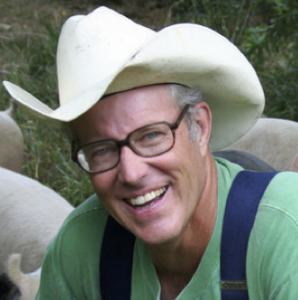
Joel Salatin
Joel Salatin calls himself a Christian libertarian environmentalist capitalist lunatic farmer. Others who like him call him the most famous farmer in the world, the high priest of the pasture, and the most eclectic thinker from Virginia since Thomas Jefferson. Those who don’t like him call him a bioterrorist, Typhoid Mary, a charlatan, and a starvation advocate. With a room full of debate trophies from high school and college days, 12 published books, and a thriving multigenerational family farm, he draws on a lifetime of food, farming and fantasy to entertain and inspire audiences around the world.



